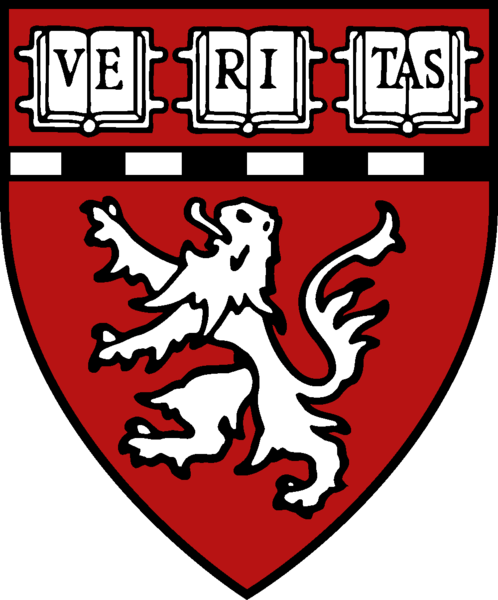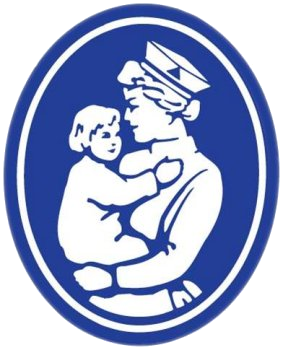


Visual object recognition is essential for most everyday tasks including navigation, reading and socialization. Visual pattern recognition is also of high importance for many applications including analysis of clinical images, face or landmark recognition in security tasks and automatic navigation. In spite of the enormous increase in computational power over the last decade, humans still outperform the most sophisticated engineering algorithms in visual recognition tasks. This course will examine how circuits of neurons in visual cortex process, represent and recall information. The course will cover the following topics: architecture of visual cortex, lesion studies, physiological experiments in humans and animals, computational models of visual object recognition and subjective perception.
Meeting Dates: Nov 04, Nov 11, Nov 20, Nov 25, Dec 02, Dec 09, Dec 16
(Note: no class on Th. Nov 20 due to SFN Annual Meeting)Time: Tuesdays, 10:00 a.m. – 11:00 a.m.
First Meeting: Nov 04.
Location:Center for Life Science (CLS) building, 13th floor seminar room
(3 Blackfan Circle, directions)Suggested Books
Ullman S (1996) High-level vision. MIT Press.
Wandell BA (1995) Foundations of vision. Sunderland Sinauer Associates.
Chalupa LM and Werner JS (editors) (2003). The Visual Neurosciences. MIT Press.
Other Books
Purves and Lotto. (2003). Why we see what we do. Sinauer Books.
Ripley. Pattern recognition and neural networks (1996). Cambridge University Press.
Rao, Olshausen and Lewicki (eds) (2002). Probabilistic models of the brain. MIT Press.
Koch C (2005) The quest for consciousness. Roberts & Company Publishers.
Regan (2000) Human perception of objects. Sinauer Books.
Dayan and Abbott (2002). Theoretical Neuroscience. MIT Press.